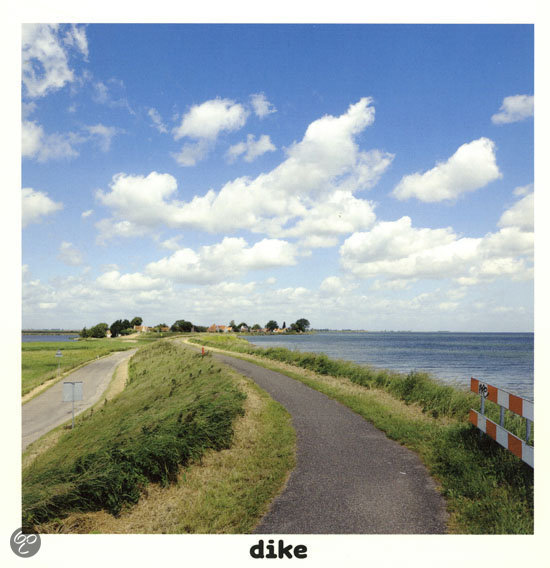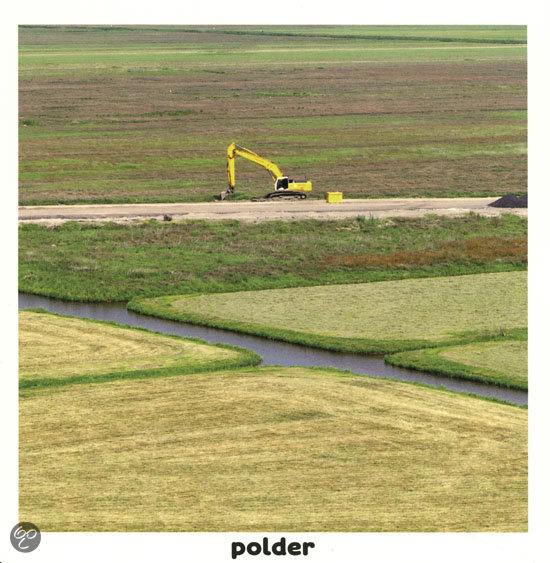23 January 2012
Perspective in Motion
At the museum's website you can find a description of the painting and its history along with an interactive view where you can zoom & scroll, while Wikipedia offers a full-size version of the same image. As the Wikipedia entry notes, the scroll is meant to be read (or "travelled") from the right side to the left. It appears to my eye, as well, that most of the people in the painting are moving in that direction, too.
Take some time to make the journey--even on a little screen it's a remarkable experience.
A New Way of Seeing
In the introduction to Making Space: Revisioning the World, 1475-1600, John Rennie Short writes that "a new way of seeing" was invented during the Renaissance. This new way of seeing brought about a new kind of space: "a modern space of the grid, the map, and the survey." This way of seeing is our own: "We see the world through eyes that came into focus during the sixteenth century."
.jpg)
Alberti's Grid (Wikipedia)
Short's bold arguments reminded me of an article I read by Lawrence Weschler in Harper's several years ago that made a profound impression upon me. It was a sort of philosophical profile of the English painter David Hockney, who, along with physicist Charles Falco, had proposed that optics had had a profound influence on painting during the Renaissance and, controversially, that many of the revered "Old Masters" themselves appear to have used optics (particularly the camera obscura) to create the "realistic" effects in their paintings.
Weschler's article in Harper's (unlike his first piece on Hockney in The New Yorker in 2000; see also his commentary on the response to his article in The Believer) didn't seek to evaluate what's now known as the Hockney-Falco thesis (it has its own entry in Wikipedia), but instead considered the way of seeing that Hockney argued came with the use (or non-use) of optics in art.
In the article Hockney notes that "the essential point I was trying to make . . . is that from an artist's point of view--especially back then in the early fifteenth century--even just to see it (the projection, that is, of three-dimensional reality onto a two-dimensional surface) was to use it." This mechanical way of seeing--and its single-point perspective--had a powerful influence on artists. "[T]he main point is, pictures influence pictures--it's as simple as that. Pictures frame how we then go on to see, and thus seeing, to portray."
Hockney compares Chinese painting from the same era to the western "optical" style, noting how the Chinese style applies light and perspective in a completely different manner. Vantage points are multiple, not single, which creates a different kind of space within the painting, and a different kind of relationship with the viewer: "We as viewers are in that world, not outside of it." The multiple vantage points do not create confusion--the effect is quite the opposite: "it all coheres visually, it all makes sense. A different way of seeing: arguably more true to life."
 |
| 18th-Century Scroll Painting National Museum of Chinese History, Beijing (Image from Asianart.com) |
Short argues along a parallel track (converging at the horizon?)--noting that the new way of seeing sought to "visualize a space more independent of history." One way to render a space independent of history is to make a flat, fixed projection of the view of a subjective, socialized mind moving through three dimensional space along the axis of time. (The modern photograph offers the perfected form, with its complicated relationship to time--at once preserving the dead past and rendering it as though it were as immediate as the living present.) The sense of disengagement that comes with the mechanical, mathematical, optical style also seems to remove the viewer from the scene in a vital sense--the viewer is an outsider, watching, not participating in the scene.
This was Hockney's complaint and it seems to be Short's, too.
 |
| David Hockney, Garrowby Hill, 1998 Museum of Fine Arts, Boston (Image from The David Hockney Foundation) |
20 January 2012
Dutch landscapes, Dutch things
Recently I was reading a new children's book called Dutch Things, by Nathalie Farber and Matthijs Immink. The book is a translation of Hollandse Dingen (& vice versa), and shows clever pictures of typical (and not-so-typical) Dutch objects and scenes along with words that apply to them. The landscape of the Netherlands features in several photos--polder, dike, and the final page in the book, patchwork, which features an image of an immaculate grid of green fields that butt up against a dike lined with wind turbines and a sea beyond.
It is a commonplace to note that the Dutch landscape (and seascape) is a central part of Dutch identity--historians such as Simon Schama and Donna Merwick and many Netherlanders themselves often have seen their landscape and their methods of addressing the relationship between land and water as central to who they are. The choices of polder and dike in Dutch Things are clear examples of that identification with the man-made landscape.
The image for patchwork, though, struck me more forcefully, as it shows the surveyor's influence so readily. Indeed, the Netherlands was at the forefront of land surveying in the early modern period, in part because so much of its landscape was the product of reclamation. New lands could be measured, bought, sold, regulated, and taxed efficiently with the new methods of the time.
Surveyors were key players in these processes of making the Dutch landscape. The word landscape in English originally comes from seventeenth-century Dutch landschap, which, Svetlana Alpers writes, referred "to both what the surveyor was to measure and what the artist was to render" ("The Mapping Impulse in Dutch Art," in Art and Cartography: Six Historical Essays, edited by David Woodward).
Dutch landscapes made by Dutch surveyors: Dutch things.
15 January 2012
Literary and Scientific, combined with Land-Surveying
Here's a link to Chura's faculty page at the University of Akron, where he teaches in the English Department. And here's a link to Thoreau the Land Surveyor at the University of Florida Press.
| Walden Pond, manuscript survey (ink on paper), [1846]. |
Archive
-
►
2011
(2)
- ► December 2011 (2)
-
▼
2012
(13)
- ▼ January 2012 (7)
- ► April 2012 (1)
- ► August 2012 (2)
- ► November 2012 (1)
-
►
2014
(1)
- ► March 2014 (1)


